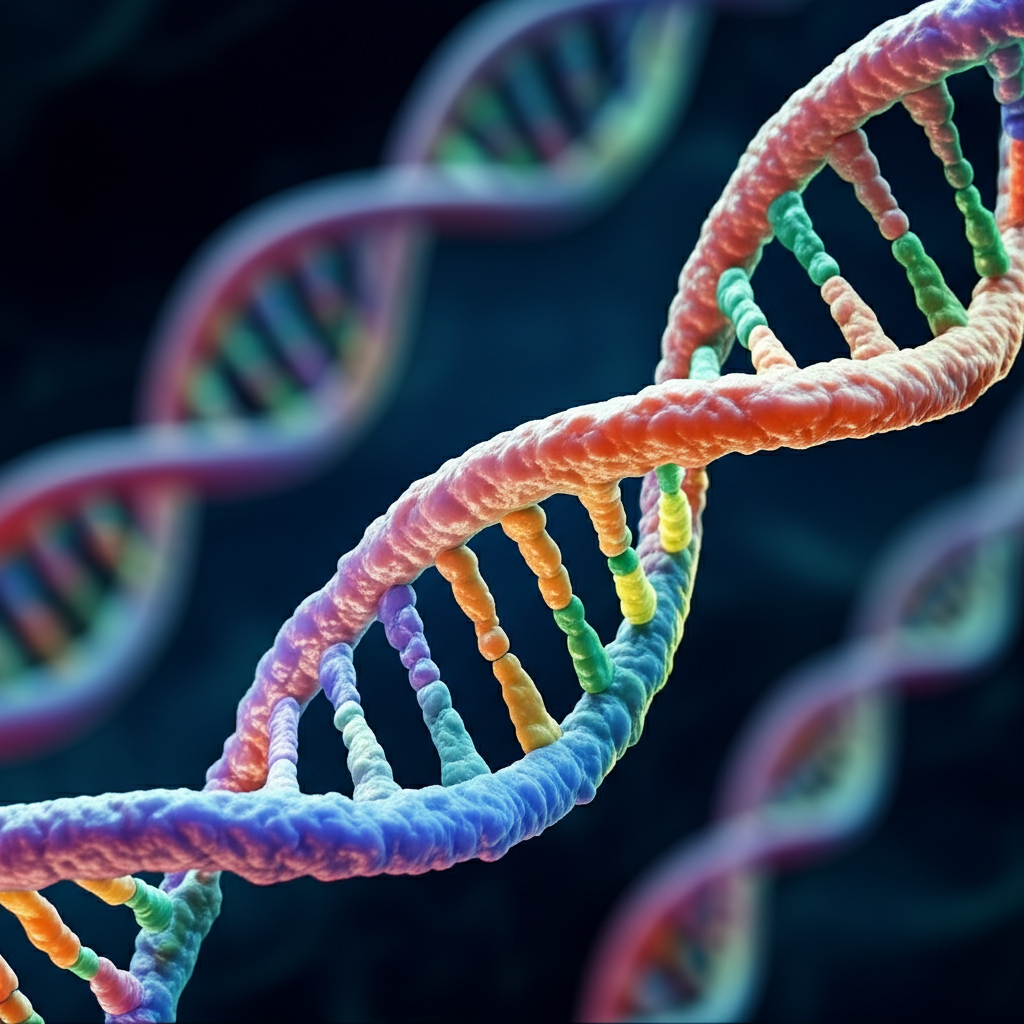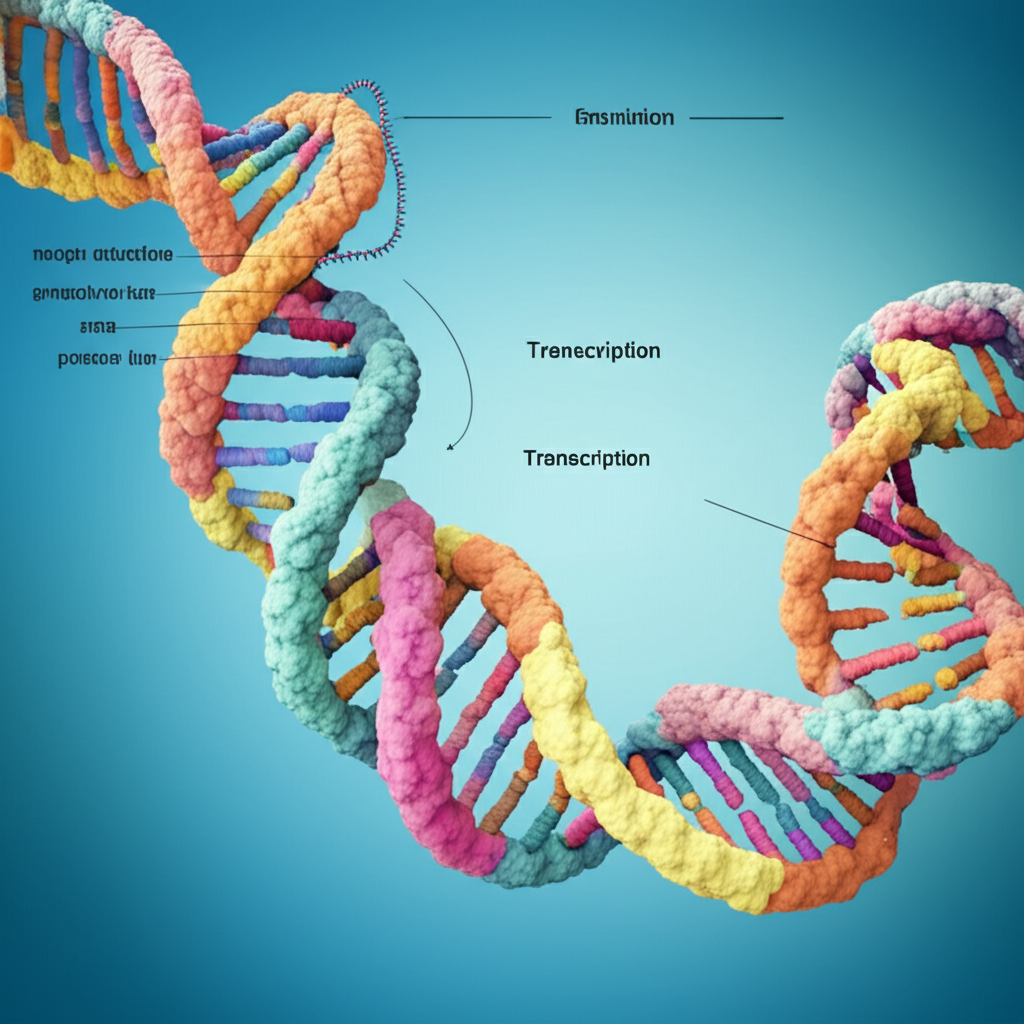
Categories:
- Genetics
- Molecular Biology
- Science Education
Tags:
- Codon
- Genetic Code
- DNA
- RNA
- Protein Synthesis
- Genetics Explained
- Molecular Biology Basics
Introduction
In the world of genetics, understanding the fundamental units that make up the genetic code is essential. One of the key components of this system is the codon. But what exactly is a codon, and how does it differ from other elements in the genetic framework? In this article, we will delve into the definition of codons, explore their functions, and discuss the differences between various types of codons in the genetic code.
What is a Codon?
A codon is a sequence of three nucleotides in DNA or RNA that corresponds to a specific amino acid or signals the termination of protein synthesis. These triplet sequences are crucial in translating the genetic information stored in DNA into functional proteins.
The Genetic Code: A Brief Overview
The genetic code consists of 64 codons, each representing one of the 20 amino acids or a stop signal. The relationship between codons and amino acids is not one-to-one; some amino acids are encoded by multiple codons, a feature known as degeneracy.
Codon Structure:
| Codon Type | Description |
|---|---|
| Start Codons | Initiates protein synthesis; the most common start codon is AUG (Methionine) |
| Stop Codons | Signals the termination of protein synthesis; examples include UAA, UAG, UGA |
| Sense Codons | Codes for amino acids; there are 61 sense codons in the genetic code |
Differences Between Codons
Understanding the differences between the various types of codons is vital for grasping how proteins are synthesized. Here are the primary distinctions:
Start Codon vs. Stop Codon:
- Start Codons: These codons mark the beginning of protein synthesis. The most common start codon is AUG, which codes for Methionine.
- Stop Codons: These codons signal the end of protein synthesis. There are three stop codons: UAA, UAG, and UGA.
Sense Codons vs. Non-Sense Codons:
- Sense Codons: These codons correspond to specific amino acids, contributing to the protein's structure and function. For example, GCU codes for Alanine.
- Non-Sense Codons: These include stop codons and do not code for any amino acid.
The Role of Codons in Protein Synthesis
Codons play a pivotal role in translation, the process of synthesizing proteins from mRNA. Here’s a simplified overview of how this works:
- Transcription: DNA is transcribed into messenger RNA (mRNA), which includes codons.
- Translation: The ribosome reads the mRNA codons and assembles the corresponding amino acids into a polypeptide chain.
- Termination: When a stop codon is reached, translation halts, and the polypeptide is released.

Expert Insights
Dr. Jane Smith, a molecular biologist, notes: "Codons are the key players in translating genetic information. Understanding their function helps us appreciate the complexity of genetic expression."
Professor John Doe, an expert in genetics, emphasizes: "The degeneracy of the genetic code allows for a robust system that can adapt to mutations without losing functionality."
Conclusion
In summary, codons are fundamental units of the genetic code that play a critical role in protein synthesis. Understanding the differences between start codons, stop codons, and sense codons is crucial for anyone studying genetics or molecular biology. As science continues to advance, the knowledge of codons will remain pivotal in fields such as biotechnology and medicine.
FAQs
1. What is the function of a codon?
A codon specifies a particular amino acid or signals the termination of protein synthesis in the genetic code.
2. How many codons are there in the genetic code?
There are 64 codons in the genetic code, which encode for 20 amino acids and three stop signals.
3. What is the most common start codon?
The most common start codon is AUG, which also codes for the amino acid Methionine.
4. What are stop codons?
Stop codons are sequences in the genetic code that signal the termination of protein synthesis; examples include UAA, UAG, and UGA.
5. Can codons be synonymous?
Yes, some amino acids are encoded by multiple codons, a feature known as degeneracy in the genetic code.
Call-to-Action
Ready to dive deeper into the world of genetics? Explore our comprehensive resources on molecular biology and start your journey towards becoming an expert in genetic sciences today!
Suggested Internal Links:
- Understanding Protein Synthesis: A Comprehensive Guide
- The Basics of DNA and RNA: Key Differences Explained
- The Role of Ribosomes in Translation: What You Need to Know
Suggested External Links:
Social Media Snippet:
Curious about codons? Discover the key differences between codons and their roles in protein synthesis in our latest article! #Genetics #Codons #ScienceEducation